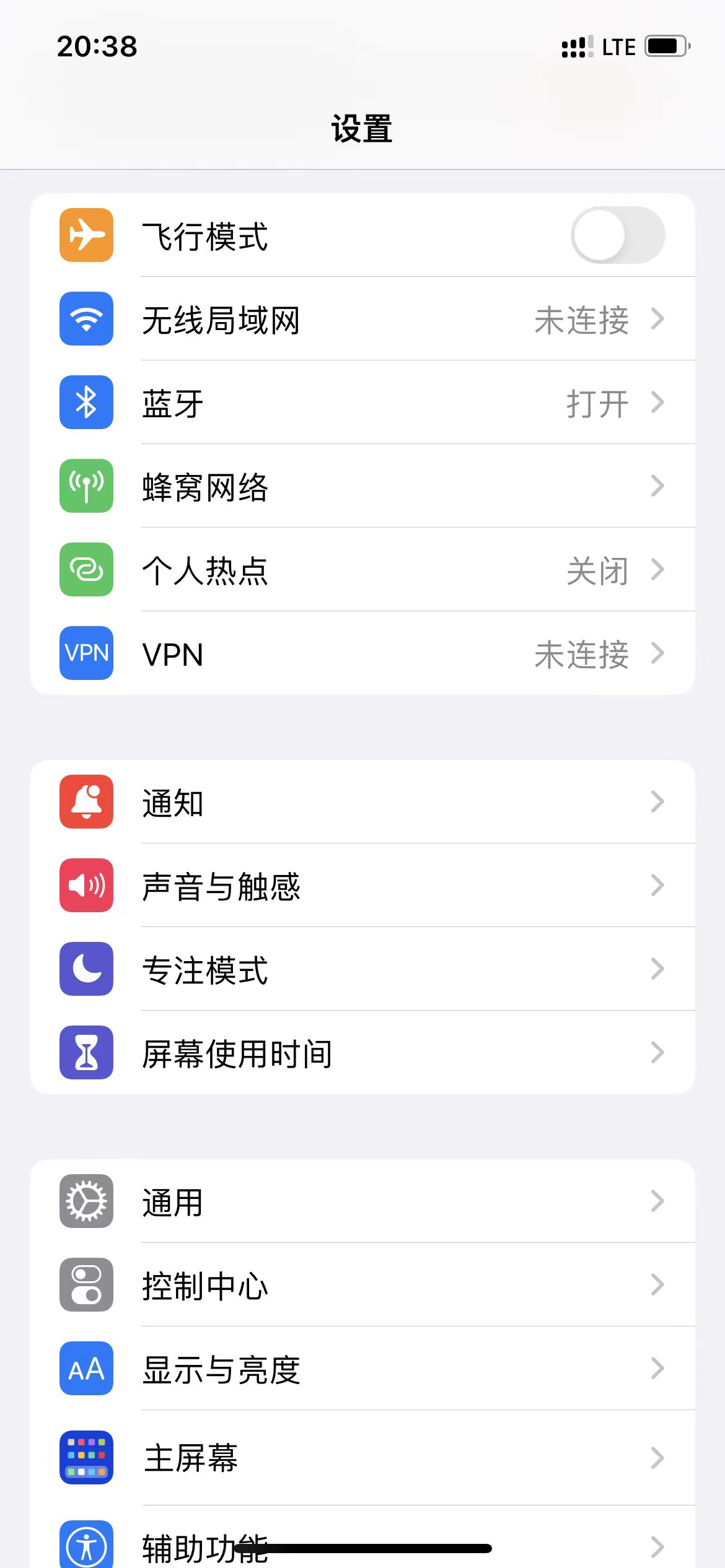摘要
反射机制是程序运行时获取自身信息的神奇能力,就像JS中的apply一样。而Reflect则是一个内置的工具,可以阻止JavaScript的操作。它是一个强大的工具,可以让我们更好地掌控程序的运行。
正文
JS 反射机制及 Reflect 详细说明
一、什么是反射体制
反射机制是在编译程序环节不清楚是哪个类被载入,只是在运作的情况下才载入、实行。
换句话说,反射机制指的是程序流程在运作时可以获得本身的信息内容。js 中的 apply 便是反射机制。
二、Reflect
1、Reflect 界定
Reflect 是一个內建的目标,用于给予方式去阻拦 JavaScript 的实际操作。Reflect 并不是一个涵数目标,因此 它是不能结构的,换句话说它并不是一个构造器,不可以根据 new 运算符去新创建或是将其做为一个涵数去启用 Reflect 目标。Reflect 的全部特性和方式全是静态数据的。
Reflect 內部封裝了一系列对目标的最底层实际操作Reflect 组员方式便是 Proxy 解决目标的默认设置完成
const proxy = new Proxy(obj, {
get(target, property) {
// 要是没有界定 get 方式,那麼默认设置回到的便是 Reflect 的 get 方式
return Reflect.get(target, property)
}
})
2、Reflect API 归纳
Reflect 给予了一套用以实际操作目标的 API,大家以前实际操作目标可以用 Object 上边的一些方式,还可以用 in、delete 这类运算符,应用 Reflect 就统一了实际操作方法
| handler ⽅法 | 默认设置调⽤ | 作用 |
|---|---|---|
| get | Reflect.get() | 获得目标的身上某一特性的值 |
| set | Reflect.set() | 在目标上设定特性 |
| has | Reflect.has() | 分辨一个目标是不是存有某一特性 |
| deleteProperty | Reflect.deleteProperty() | 删掉目标上的特性 |
| getProperty | Reflect.getPrototypeOf() | 获得特定目标原形的涵数 |
| setProperty | Reflect.setPrototypeOf() | 设定或更改目标原形的涵数 |
| isExtensible | Reflect.isExtensible() | 分辨一个目标是不是可拓展 (即是不是可以加上新的特性) |
| preventExtensions | Reflect.preventExtensions() | 阻拦新特性加上到目标 |
| getOwnPropertyDescriptor | Reflect.getOwnPropertyDescriptor() | 获得给出特性的特性描述符 |
| defineProperty | Reflect.defineProperty() | 界定或改动一个目标的特性 |
| ownKeys | Reflect.ownKeys() | 回到由总体目标目标本身的特性键构成的二维数组 |
| apply | Reflect.apply() | 对一个涵数开展启用实际操作,另外能够 传到一个二维数组做为启用主要参数 |
| construct | Reflect.construct() | 对构造方法开展 new 实际操作,完成建立类的案例 |
| .preventExtensions | Reflect.preventExtensions() | 阻拦新特性加上到目标 |
3、.apply()
Reflect.apply(target, thisArgument, argumentsList)
- target:目标函数(首选)
- thisArgument:target 调用函数时关联的 this 目标(可选)
- argumentsList:target 调用函数时传到的实参目录,该主要参数应该是一个类二维数组的目标(可选)
① ES5 使用方法
先特定方式,再去启用 apply
Math.floor.apply(null, [1.72]) // 1
② ES6 使用方法
先传送 apply,再特定是哪个方式
Reflect.apply(Math.floor, null, [1.72]) // 1
静态数据扫描仪时 Math.floor 是沒有强制执行,直到运作时再动态性的将 Math.floor 做为主要参数传进去的
③ 具体运用
// ES5 使用方法
let price = 101.5
if (price > 100) {
price = Math.floor.apply(null, [price])
} else {
price = Math.ceil.apply(null, [price])
}
price // 101
// ES6 使用方法
let price = 101.5
Reflect.apply(price > 100 ? Math.floor : Math.ceil, null, [price]) // 101
4、.construct()
应用反射面的方法去完成建立类的案例,类似 new target(…args)
Reflect.construct(target, argumentsList[, newTarget])
- target:被运作的目标函数(首选)
- argumentsList:启用构造方法的二维数组或是伪二维数组(可选)
- newTarget:该主要参数为构造方法, 参照 new.target 运算符,要是没有 newTarget 主要参数, 默认设置和 target 一样(可选)
① ES5 使用方法
let a = new Date()
a.getTime() // 1632632744483
② ES6 使用方法
let b = Reflect.construct(Date, [])
b.getTime() // 1632632744484
5、.defineProperty()
静态方法 Reflect.defineProperty() 基本上相当于 Object.defineProperty() 方式
Reflect.defineProperty(target, propertyKey, attributes)
- target:总体目标目标(首选)
- propertyKey:要界定或改动的特性的名字(可选)
- attributes:要界定或改动的特性的叙述(可选)
① ES5 使用方法
const student = {}
const r = Object.defineProperty(student, 'name', { value: 'Mike' })
student // {name: "Mike"}
r // {name: "Mike"}
② ES6 使用方法
const student = {}
const r = Reflect.defineProperty(student, 'name', { value: 'Mike' })
student // {name: "Mike"}
r // true
这两个方式实际效果上看来是一摸一样的,都能够更改一个目标的值
差别取决于传参不一样:Object是回到这一值,Reflect是回到true
PS: 在
W3C中,之后全部的Object上边的方式,都是会渐渐地转移到Reflect目标,很有可能之后会在Object上边清除这种方式
6、.deleteProperty()
Reflect.deleteProperty 容许你删掉一个目标上的特性,回到一个 Boolean 值表明该特性是不是被取得成功删掉,它基本上和非严苛的 delete operator 同样
Reflect.deleteProperty(target, propertyKey)
- target:删掉特性的总体目标目标
- propertyKey:将被删掉的特性的名字
① ES5 使用方法
const obj = { x: 1, y: 2 }
const a = delete obj.x
obj // {y: 2}
a // true
② ES6 使用方法
const obj = { x: 1, y: 2 }
const a = Reflect.deleteProperty(obj, 'x')
obj // {y: 2}
a // true
7、.get()
Reflect.get() 方式的工作方式,如同从 object (target[propertyKey]) 中获得特性,但它是做为一个涵数实行的
Reflect.get(target, propertyKey[, receiver])
① ES5 使用方法
const obj = { x: 1, y: 2 }
obj.x // 1
obj['x'] // 1
② ES6 使用方法
const obj = { x: 1, y: 2 }
Reflect.get(obj, 'x') // 1
Reflect.get(['a', 'b', 'c'], 1) // b
8、.getOwnPropertyDescriptor()
静态方法 Reflect.getOwnPropertyDescriptor() 与 Object.getOwnPropertyDescriptor() 方式类似
假如在目标中存有,则回到给出的特性的特性描述符,不然回到 undefined
Reflect.getOwnPropertyDescriptor(target, propertyKey)
① ES5 使用方法
const obj = { x: 1, y: 2 }
Object.getOwnPropertyDescriptor(obj, 'x')
// {value: 1, writable: true, enumerable: true, configurable: true}
② ES6 使用方法
const obj = { x: 1, y: 2 }
Reflect.getOwnPropertyDescriptor(obj, 'x')
// {value: 1, writable: true, enumerable: true, configurable: true}
Reflect.getOwnPropertyDescriptor({ x: 'hello' }, 'y')
// undefined
Reflect.getOwnPropertyDescriptor([], 'length')
// {value: 0, writable: true, enumerable: false, configurable: false}
③ 比照
假如 Reflect.getOwnPropertyDescriptor 的第一个主要参数并不是一个目标(一个初始值),那麼将导致 TypeError 不正确
而针对 Object.getOwnPropertyDescriptor,非目标的第一个主要参数将被强制转换为一个目标解决
Reflect.getOwnPropertyDescriptor("foo", 0);
// TypeError: "foo" is not non-null object
Object.getOwnPropertyDescriptor("foo", 0);
// { value: "f", writable: false, enumerable: true, configurable: false }
9、.getPrototypeOf()
静态方法 Reflect.getPrototypeOf() 与 Object.getPrototypeOf() 方式是一样的,全是回到特定目标的原形(即,內部的 [[Prototype]] 特性的值)
Reflect.getPrototypeOf(target)
① ES5 使用方法
const d = New Date()
Object.getPrototypeOf(d)
// {constructor: ƒ, toString: ƒ, toDateString: ƒ, toTimeString: ƒ, toISOString: ƒ, …}
② ES6 使用方法
const d = New Date()
Reflect.getPrototypeOf(d)
// {constructor: ƒ, toString: ƒ, toDateString: ƒ, toTimeString: ƒ, toISOString: ƒ, …}
10、.has()
分辨一个目标是不是存有某一特性,和 in 操作符 的作用完全一致
Reflect.has(target, propertyKey)
const obj = { x: 1, y: 2 }
Reflect.has(obj, 'x') // true
Reflect.has(obj, 'z') // false
11、.isExtensible()
分辨一个目标是不是可拓展Reflect.isExtensible 与 Object.isExtensible 方式一样,全是分辨一个目标是不是可拓展 (即是不是可以加上新的特性)
Reflect.isExtensible(target)
const obj = { x: 1, y: 2 }
Reflect.isExtensible(obj) // true
Object.freeze(obj) // 阻拦新特性加上到目标
obj.z = 3
Reflect.isExtensible(obj) // false
obj // {x: 1, y: 2}
12、.ownKeys()
分辨目标本身特性Reflect.ownKeys 方式回到一个由总体目标目标本身的特性键构成的二维数组,它的传参相当于 `Object.getOwnPropertyNames(target).concat(Object.getOwnPropertySymbols(target))
Reflect.ownKeys(target)
const obj = { x: 1, y: 2 }
Reflect.ownKeys(obj) // ["x", "y"]
Reflect.ownKeys([]) // ["length"]
Reflect.ownKeys([1, 2]) // ["0", "1", "length"]
13、.preventExtensions()
阻拦新特性加上到目标,相当于Object.freeze()Reflect.preventExtensions 方式阻拦新特性加上到目标,比如:避免未来对目标的拓展被加上到目标中,与 Object.preventExtensions() 方式一致
Reflect.preventExtensions(target)
const obj = { x: 1, y: 2 }
Reflect.isExtensible(obj) // true
Reflect.preventExtensions(obj) // 阻拦新特性加上到目标
obj.z = 3
Reflect.isExtensible(obj) // false
obj // {x: 1, y: 2}
14、.set()
写数据信息Reflect.set 方式容许你一直在目标上设定特性,用于给特性取值,相近 property accessor 的英语的语法,但它是以涵数的方法
Reflect.set(target, propertyKey, value[, receiver])
const obj = { x: 1, y: 2 }
Reflect.set(obj, 'z', 4)
obj // {x: 1, y: 2, z: 4}
const arr = ['apple', 'pear']
Reflect.set(arr, 1, 'banana')
arr // ["apple", "banana"]
15、.setPrototypeOf()
Reflect.setPrototypeOf 方式更改特定目标的原形 (即內部的 [[Prototype]] 特性值)
Reflect.setPrototypeOf(target, prototype)
const arr = ['apple', 'pear']
Reflect.getPrototypeOf(arr)
// [constructor: ƒ, concat: ƒ, copyWithin: ƒ, fill: ƒ, find: ƒ,…]
Reflect.setPrototypeOf(arr, String.prototype)
Reflect.getPrototypeOf(arr)
// String {"", constructor: ƒ, anchor: ƒ, big: ƒ, blink: ƒ, …}
关注不迷路
扫码下方二维码,关注宇凡盒子公众号,免费获取最新技术内幕!








评论0